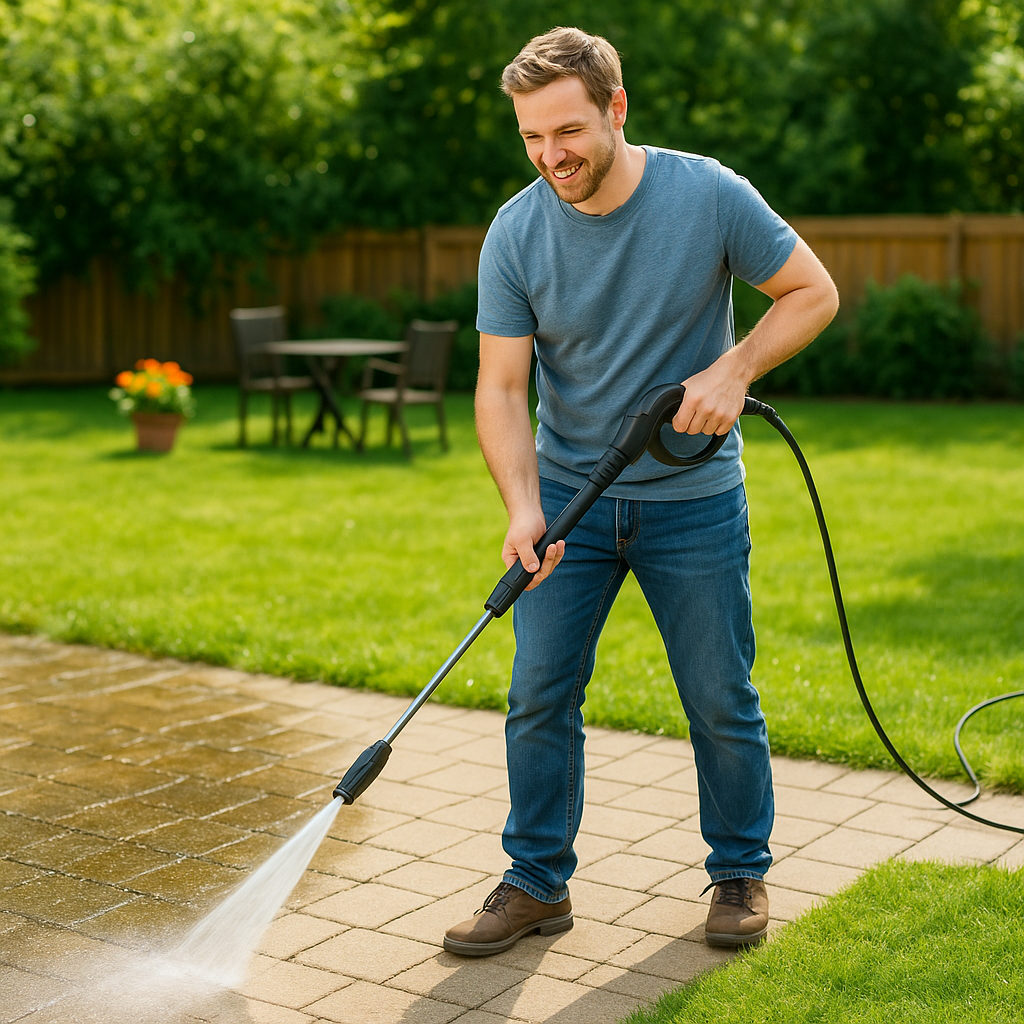
A Beginner’s Guide to Power Tillers: Types, Uses & Maintenance
Modern farming demands efficiency, precision, and smart mechanization—especially for small to medium-scale farmers looking to optimize their operations without investing in large, expensive tractors. Enter the power tillers: compact, versatile machines that have become a vital asset in preparing and maintaining agricultural land. Whether you’re a first-time buyer or a curious grower exploring mechanization, understanding power tiller can significantly enhance your farm’s productivity.
What are Power Tillers?
A power tiller is a two-wheeled, self-propelled agricultural machine used for soil preparation and various other farming operations. It is typically operated by walking behind the unit and controlling it via handles. These machines are especially popular among farmers working on small plots or uneven terrains where large tractors are impractical.
Types of Power Tillers
At Bonhoeffer, we offer a range of power tillers designed for different needs, engine capacities, and crop types. Here are the main types:
- Mini: Ideal for home gardens, orchards, and smaller plots. Lightweight and easy to maneuver, they suit inter-row cultivation and surface tilling.
- Medium: These are designed for slightly larger land holdings and can handle secondary tillage, ploughing, and weeding efficiently.
- Heavy-Duty: Built for intensive use, these tillers are suitable for wetland and dryland farming, bund forming, deep ploughing, and even basic haulage when paired with attachments.
Depending on your crop pattern, soil type, and area, Bonhoeffer specialists can help you choose the right model.
Key Uses of Power Tillers
These are far more than just soil preparation machines. Their versatility comes from the wide range of compatible attachments and accessories. Some of the most common uses include:
- Primary and Secondary Tillage: Loosening and breaking up the soil for better aeration and root growth.
- Weeding and Inter-cultivation: Effective removal of weeds between crop rows without damaging plants.
- Puddling in Wetlands: Especially useful in rice cultivation, where a fine tilth is needed in flooded conditions.
- Ridging and Furrowing: For planting potatoes, sugarcane, and other row crops.
- Transport: When connected to a trailer, power tillers can be used for light material hauling.
Maintenance Tips for Longevity
To get the best out of your power tiller season after season, consistent maintenance is key. Here are a few beginner-friendly tips:
- Engine Check: Regularly inspect oil levels, air filters, and spark plugs. Change engine oil as recommended.
- Blade Maintenance: Clean and sharpen blades after use to ensure efficient soil cutting.
- Greasing and Lubrication: Keep moving parts well-lubricated to reduce friction and wear.
- Fuel Management: Always use clean, fresh fuel to prevent clogging of fuel lines or carburetors.
- Storage: Store in a dry, shaded area. Before long-term storage, clean the machine thoroughly and drain fuel if needed.
Conclusion
A power tiller can be a farmer’s best friend—offering a powerful combination of flexibility, affordability, and effectiveness. Whether you’re growing vegetables, grains, or fruits, the right tiller simplifies your workload while enhancing productivity.
At Bonhoeffer, we are committed to helping farmers adopt smart mechanization with reliable, field-tested machines. If you’re new to power tillers or looking to upgrade, our team is ready to guide you.
For small to mid-sized farms, a compact Bonhoeffer Power Tiller is the perfect choice for deep tilling and time-saving operations.
Also Read: Are Mini Tillers Worth It? A Smart Choice for Small Farms







